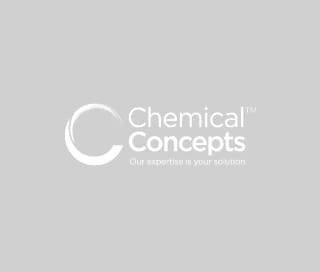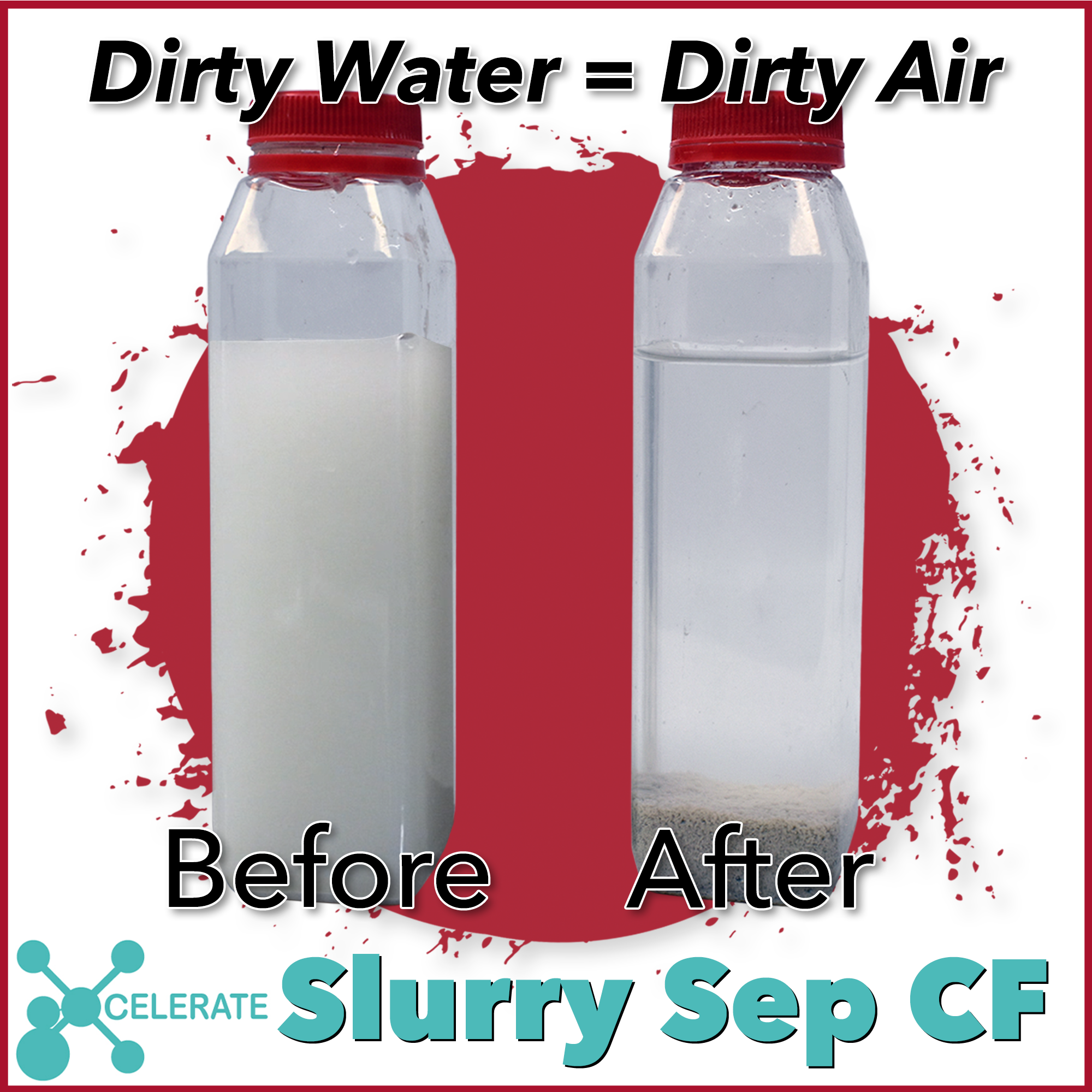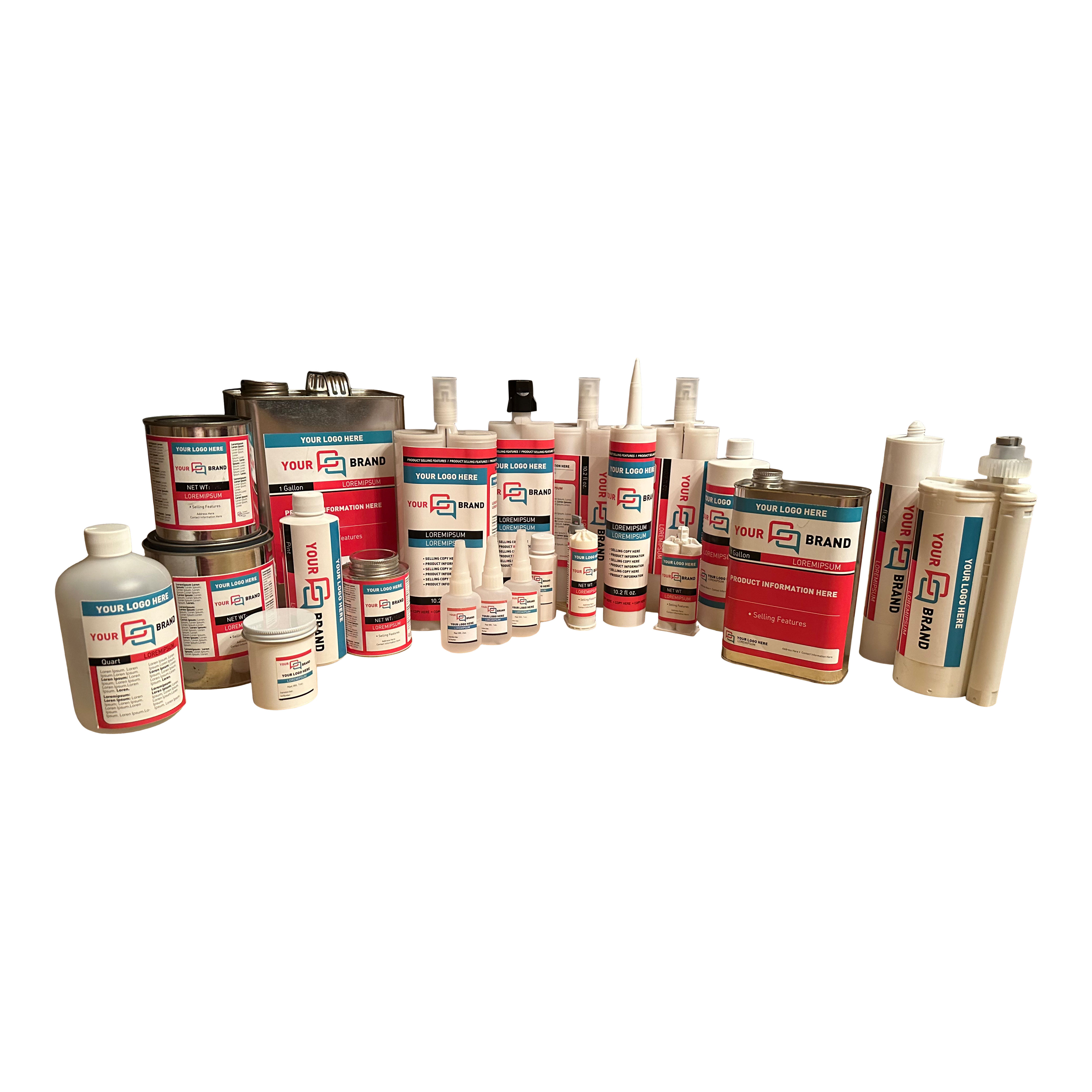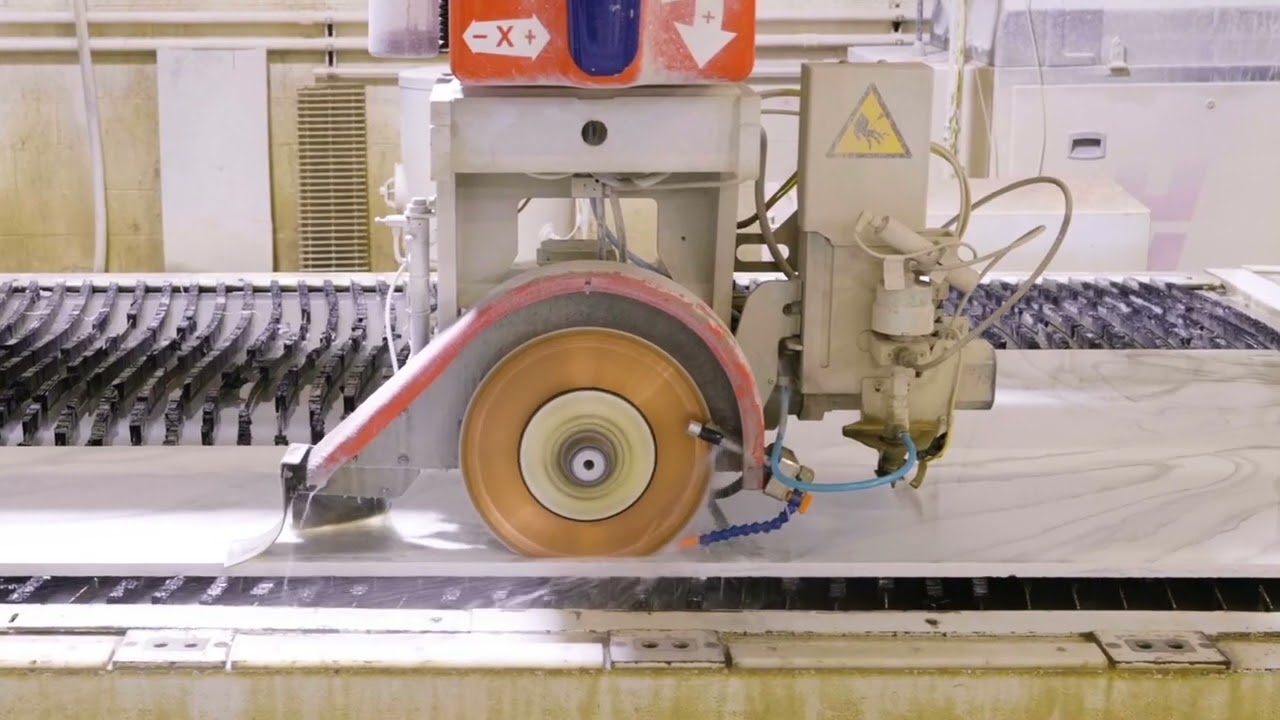
Differences in Potting & Encapsulation Materials
Protecting your product from the environment is vital in ensuring reliable and long-term performance. This holds true for anything you may produce, from car parts or building supplies, to electronic components and circuit boards. Potting, casting, and encapsulation are all proven methods to successfully protect your industries delicate parts, whether it is in the aerospace, automotive, industrial, medical, or telecommunications fields.
There are several different potting or encapsulant materials that can help you achieve your desired protection. In this blog we discuss the differences in epoxies, silicones, and urethanes in an effort to help you identify the best option for your unique application.
- Epoxies – High temperatures can be demanding in potting and encapsulant applications. Epoxies provide a great tolerance for high temperatures, while also offering great strength, versatility, durability, adhesion, and chemical resistance. Depending on your application you can find epoxy castings that range from highly flexible to extremely rigid, and these can be filled or unfilled. Epoxy castings are flame retardant, and are electrically and thermally.
- Silicones – If you are more environmentally conscious, silicones are the best option since they offer one of the most environmentally friendly chemistries. Like epoxies, silicones provide great protection in a wide temperature range. If your application calls for flame resistance and permanent flexibility, silicones are a great choice.
- Urethanes – If your application doesn’t call for high temperature resistance, urethanes are a great substitute for epoxies. Urethanes range from soft gels to semi-rigid casting materials.
If you’d like to learn more, we encourage you to discuss your application with us. Simply pick up the phone and call us at 800-220-1966, or you can fill out this form. The team at Chemical Concepts looks forward to hearing from you!



